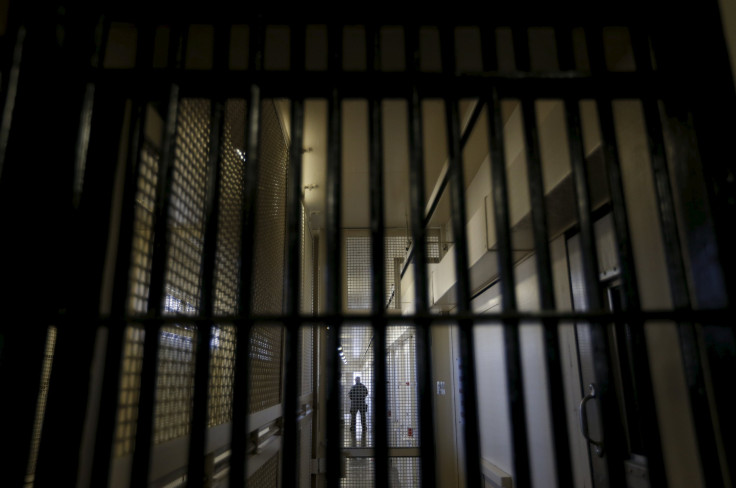Pretrial Detention Linked To Increase In Guilty Pleas, Drop In Employment: Study

Just days after the Justice Department argued that U.S. courts’ “bail-or-jail” policies discriminate against poor defendants, a new study by researchers from the National Bureau of Economic Research has established a causal relationship between the practice of pretrial detention and unfavorable case outcomes.
The study, which analyzed over 420,000 cases in Philadelphia and Miami-Dade counties, found that being detained before trial “significantly increases” the likelihood of conviction, as a higher number of detainees choose to plead guilty.
“Pre-trial release may affect case outcomes by reducing a defendant’s incentive to plead guilty to obtain a faster release from jail, or by affecting a defendant’s ability to prepare an adequate defense or negotiate a settlement with prosecutors. It is also possible that seeing detained defendants in jail uniforms and shackles may bias trial judges or jurors,” the researchers wrote in the study. “Pre-trial release decreases the probability of being found guilty by 15.6 percentage points, a 27.3 percent change from the mean for detained defendants. The probability of pleading guilty also decreases by 12.0 percentage points, a 27.5 percent change.”
This is not the first time pretrial detention has been linked to an increase in likelihood of being convicted. Earlier this year, a study conducted by Megan Stevenson — an economist and professor at the University of Pennsylvania Law School — in Philadelphia concluded that pretrial detention led to a 13 percent increase in the likelihood of being convicted, primarily through an increase in guilty pleas among defendants who would otherwise have been acquitted.
The NBER study also found that an increase in bail amount over the past two decades was hindering many poor defendants’ attempts to seek bail.
“Each year, the United States imprisons more than half a million individuals who have never been convicted of a crime, largely because they are unable to post bail,” the NBER researchers said. “Over the past twenty years, the proportion of felony defendants released with no conditions decreased from 26 percent to 14 percent. The average bail amount has also doubled from $25,400 to $55,400 over this time period, with over 70 percent of felony defendants now assigned bail amounts greater than $5,000.”
The impact of pretrial detention was also visible in the detainees’ employment status and income. According to the study, released defendants earn substantially more in the two years post-bail than detained defendants, and are also more likely to find employment in the formal labor market.
“In our sample, 37.8 percent of detained defendants are employed compared to 50.9 percent of released defendants. Given these low rates of employment, annual wage earnings of all defendants are also low, with detained defendants making $5,202 in reported earnings compared to $7,897 for released defendants,” the study said. “Differences in earnings outcomes of released and detained defendants also persist three to four years post-bail. By three to four years post-bail, 37.9 percent of detained defendants are employed in the formal labor market compared to 48.2 percent of released defendants.”
© Copyright IBTimes 2024. All rights reserved.






















